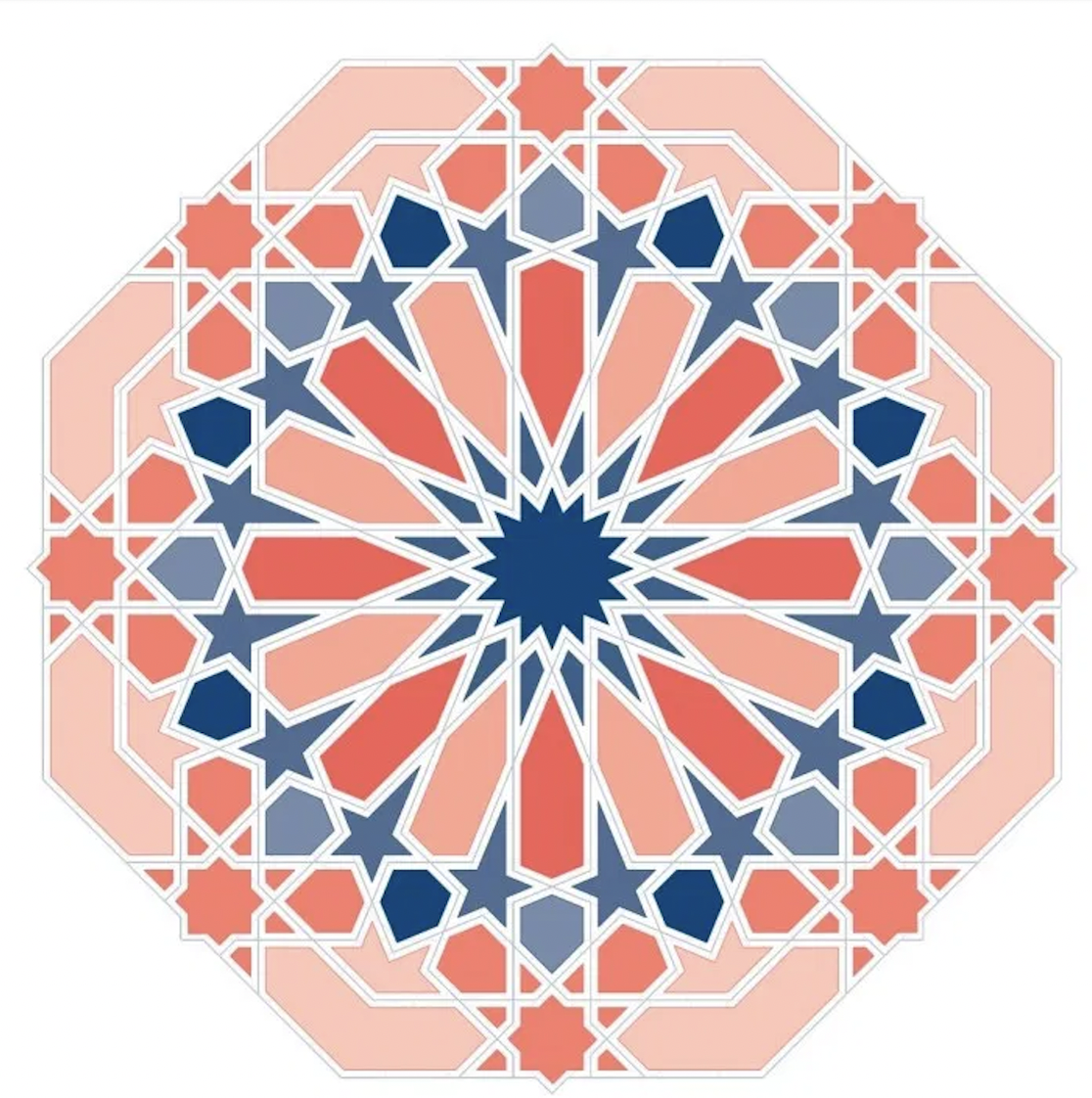The Story of Eid Al-Adha
Eid Al-Adha is a major Muslim festival that marks the end of the annual Hajj pilgrimage.
The Hajj pilgrimage takes place in Mecca, Saudi Arabia. It is one of the five pillars of Islam.
All Muslims are asked to do Hajj at least once in their lifetime (if able), and 2 million people do so each year.
At Hajj, Muslims retrace the footsteps and traditions followed by Prophets Abraham (Ibrahim) and Ishmael (Ismail).
Abraham’s wife Hagar (Hajra) is also a core part of the story, as she was left alone in the desert with her son Ishmael and grew desperate for water to quench her child’s thirst. She frantically ran seven times between two hills (Safa and Marwa). In Islamic belief, God created a spring that miraculously gushed forth water. The well is still there to this day, and is called Zamzam.
There are rituals that Muslims perform at Hajj including running (or walking) seven times between the hills of Safa and Marwa, just like Hagar did.
Muslims of all ethnicities and races from across the world visit Mecca, to perform Hajj.
The Hajj is about the unity and equality of all humans, and this is emphasised in the two white unstitched pieces of cloth (ihram) that is worn by men, and women also wear very simple clothes. This clothing is intended to not distinguish between rich and poor, ruler and non-ruler, and everyone performs the rituals side by side.
The Hajj has a deep spiritual significance. The process and various stages of the pilgrimage facilitate deconditioning from external influences, and allows reflection on the purpose of life, and one’s fundamental nature and connection to God.
The other central part of the Eid story, as mentioned in the Qur’an (Muslim Holy Book), is where Prophet Abraham has a vision in which God commands him to sacrifice his son, Ishmael as a test of his faith.
However, as Abraham is about to do the deed, God stops him, sending the Angel Gabriel (Jibra’il) with a ram to sacrifice instead. God ordained that the meat should be distributed to the poor, wider community and family.
Muslims commemorate the sacrifice at the end of the Hajj, which is also known as Eid Al-Adha. In Arabic ‘Adha’ means ‘sacrifice.’
Abraham (c. 2000 BCE) built the Ka’abah (the black cube structure in Mecca) with Ishmael, and instilled the pilgrim ritual as per God’s instructions. Over time, however, monotheism was gradually lost but pilgrims still visited the Ka’abah and recognised it as a holy place.
The Prophet Muhammad reinstated the monotheistic core and rituals of the Hajj in the 7th century on God’s command. Muslims have been making pilgrimage since this time.
Before planes and trains, Muslims would make the long, sometimes perilous journey by various means to get to Hajj! Famous pilgrims through history included African King, Mansa Musa in the 14th century – who was one of the wealthiest people in the world at the time. He gave away so much gold on his trip that he is said to have depreciated its value.
The End of Hajj: Celebrating Eid
Eid al-Adha is traditionally celebrated with the symbolic sacrifice of a lamb or goat that is then divided into threes to be shared equally among the poor, wider community and family.
Muslim worshippers perform a communal Eid prayer on the first day of the festival at the Mosque or open space, donate to charity and visit with family and friends, also exchanging gifts. In Muslim countries, the Eid celebration last three days and is a public holiday.
Eid al-Adha is celebrated at the end of the annual Hajj pilgrimage to the Ka’abah - the holiest site in Islam.
Interesting fact: Shared Abrahamic connections
Islam, Christianity and Judaism are united in their love and reverence for the Prophet Abraham, from whom all three faiths have originated.
The story of the sacrifice is similar in Christian and Jewish holy books, but they state that it was Abraham’s son Isaac who was ordered to be sacrificed, and not Ishmael. However, the core values and message are the same.
Interesting facts: Famous Hajj pilgrims in history
African King, Mansa Musa in the 14th century – who was supposed to be one of the wealthiest people in the world at the time.
Malcolm X: African American Muslim activist performed Hajj in 1964. He said it was a life changing experience.
Extract of Malcolm’s X’s letter from Mecca after he went on the Hajj pilgrimage:
“Never have I witnessed such sincere hospitality and overwhelming spirit of true brotherhood as is practiced by people of all colors and races here in this ancient Holy Land, the home of Abraham, Muhammad and all the other Prophets of the Holy Scriptures. For the past week, I have been utterly speechless and spellbound by the graciousness I see displayed all around me by people of all colors…
“There were tens of thousands of pilgrims, from all over the world. They were of all colors, from blue-eyed blondes to black-skinned Africans. But we were all participating in the same ritual, displaying a spirit of unity and brotherhood that my experiences in America had led me to believe never could exist between the white and non-white.”
Lady Evelyn Cobbold: A Scottish aristocrat born in 1867 was the first British woman to perform Hajj in 1933. She wrote a book on her experience.
